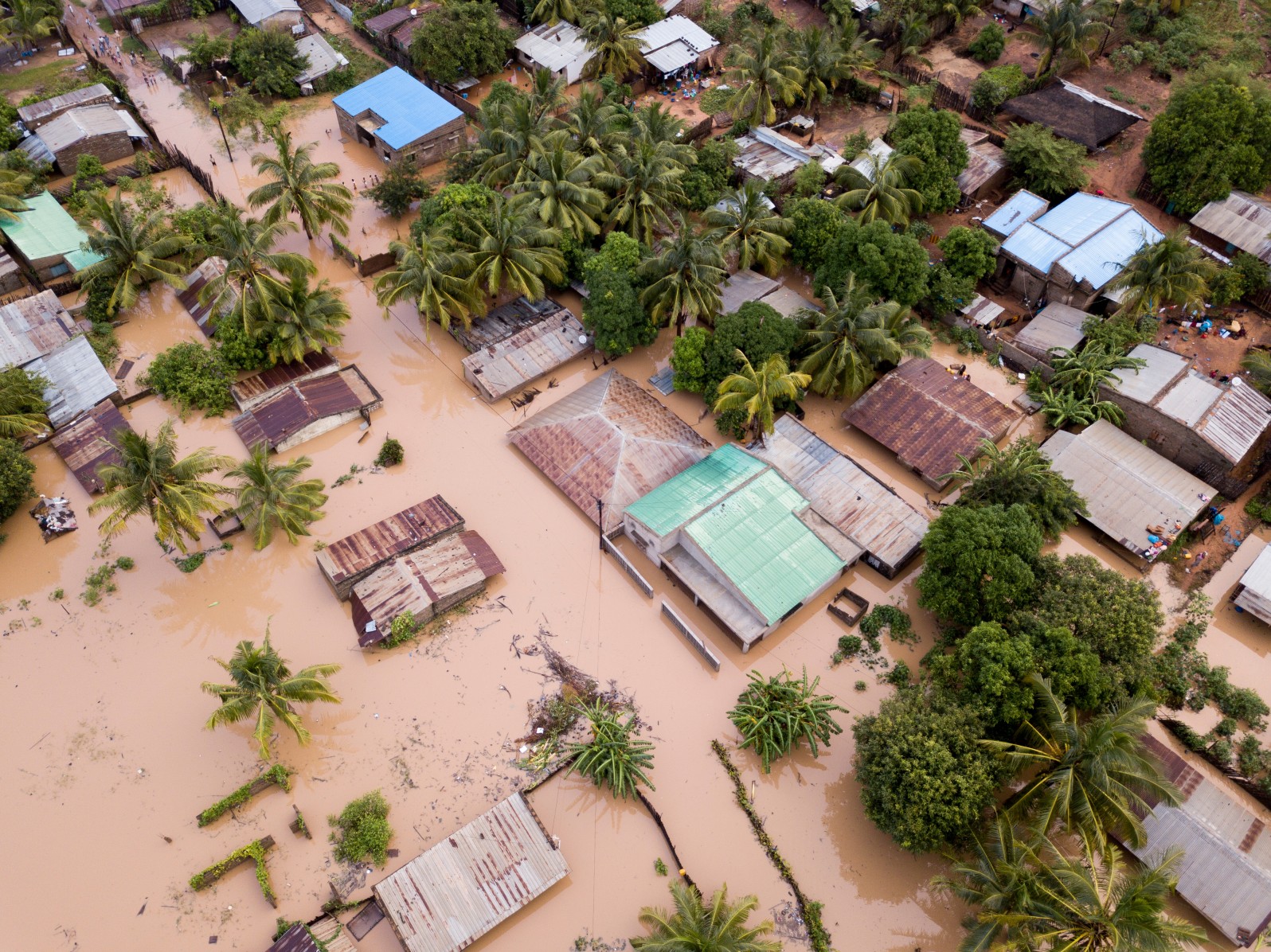
Heavy Rain, Flooding, and Chance of Severe Weather Staring Down the Southern U.S.
January 22, 2024
Posted: March 23, 2023 9:15 am





The bomb cyclone that roared into California early this week is finally dissipating, however, its impacts are still being felt throughout the state. Here is a look back at this deadly storm and the damage that it caused as well as a peak at the forecast that lies ahead.
The deadly bomb cyclone came on shore this week bringing wind gusts of over 100 mph, closely resembling a hurricane. The storm will go down as just one of the many systems to impact the Golden State during this highly unsettled winter season. At least two deaths have been blamed on the storm, both due to winds bringing down trees on vehicles. One fatality happened in the Bay Area town of Portola Valley and the other victim lost their life near Long Beach in Southern California.
The high winds also triggered power outages to nearly 250,000 customers with the bulk of these issues happening in the Bay Area. While the power was being restored at a fast clip on Wednesday, local officials warn that some residents will be in the dark for a few more days.
The heavy rain and gusty winds were similar to what would happen with a strong tropical storm landfall. For instance, the city of Oakland recorded tropical storm-force winds for seven straight hours on Tuesday. The area of low pressure also took on similar characteristics of a hurricane eye as it crashed onshore south of San Francisco.
The winds were enough to easily bring down trees that had become vulnerable due to the overly saturated grounds. The higher terrains of the Bay Area saw some of the strongest winds, gusting over 80 mph for a time.
Southern California was dealing with its own weather impacts on Tuesday, primarily in the form of severe thunderstorms. Los Angeles experienced a rare hail event on Tuesday evening as a result of the storms.
The City of Angels also saw 1.43 inches of rain on Tuesday alone in the downtown area, easily breaking the previous record of 1.34 inches. This record had stood for over 100 years, speaking to the magnitude of this week’s rain. The latest rainfall also helped to push the month into the wettest March since 1995.
The National Weather Service (NWS) is investigating a possible tornado that was spotted east of downtown Los Angeles on Wednesday morning. While no injuries have been reported as a result of the suspected tornado, there have been reports of roof damage.
Moving inland, it were flash flooding and mudslides causing the issues. The rapid snowmelt in the mountains contributed to these problems. It has been an exceptionally snowy winter for the Sierra Nevada and this snow is now starting to melt and fill reservoirs beyond capacity.
The resort town of Mammoth Mountain saw 18 new inches of snow on Wednesday, bringing the snowfall total for the season to 664 inches. The community needs only 4 more inches to break the all-time record from 2010 – 2011.
The massive amount of snow is great news for winter sports enthusiasts. Mammoth Mountain announced on Tuesday that it would be open to skiers and snowboarders until at least the end of July because of the deep snowpack.
Although this week’s storm did not take on the characteristics needed to classify it as an atmospheric river, it did evolve into a bomb cyclone. This weather phenomena happens when a storm undergoes the process of bombogenesis, typically defined as the central pressure of a storm dropping by 0.71 of an inch of mercury in a period of 24 hours.
However, the NWS said that the threshold needed to reach a bomb cyclone varies with the latitude. For the area near the Bay Area where the storm came onshore, the central pressure only needs to drop by 0.47 of an inch in this time period. This threshold was reached late Monday and into Tuesday afternoon.
Californians will need to work quickly to clean up from the bomb cyclone as another weather event is looming on the horizon. Forecasters are warning that the parade of storms will continue with another system brewing and ready to strike early next week.
Unlike this week’s storm, the upcoming event will focus on the central and northern portions of the state. This means that Southern California may dodge the worst of the impacts.
Did you find this content useful? Feel free to bookmark or to post to your timeline for reference later.

January 21, 2024

January 19, 2024

January 18, 2024